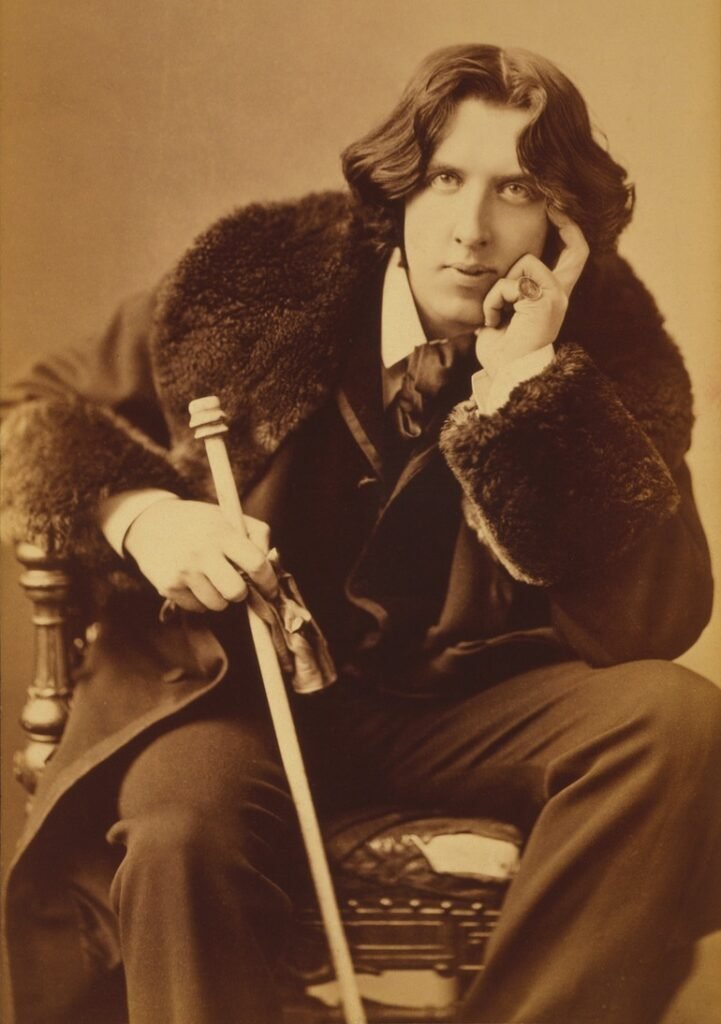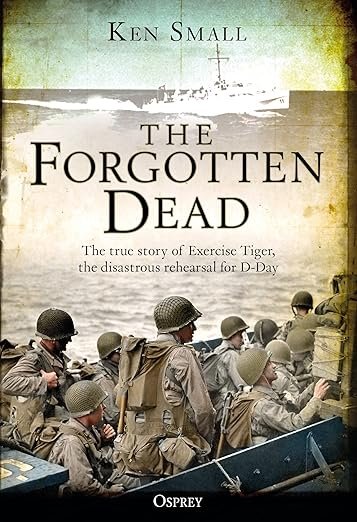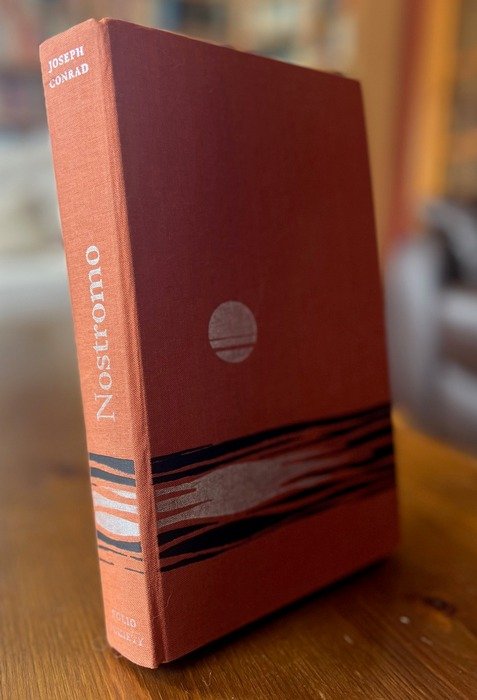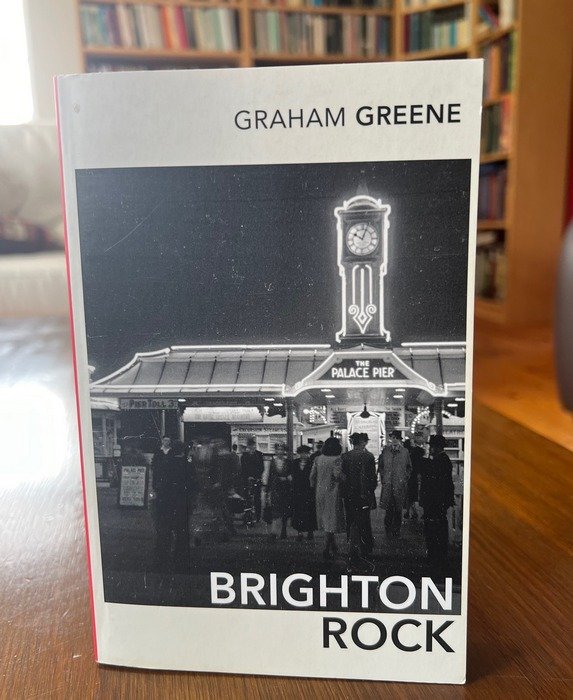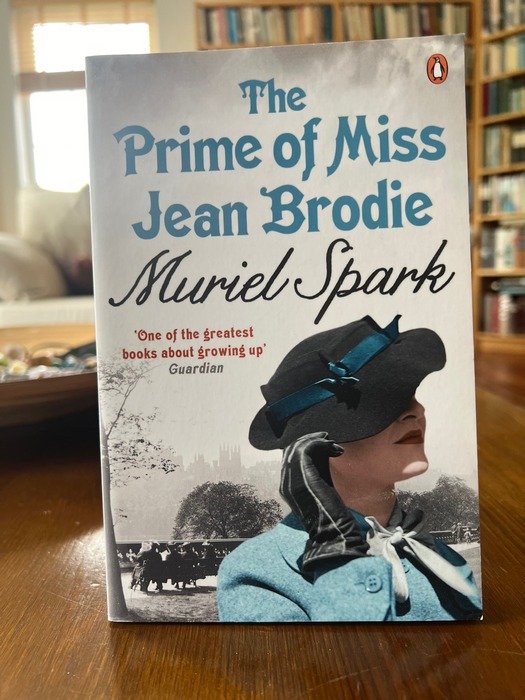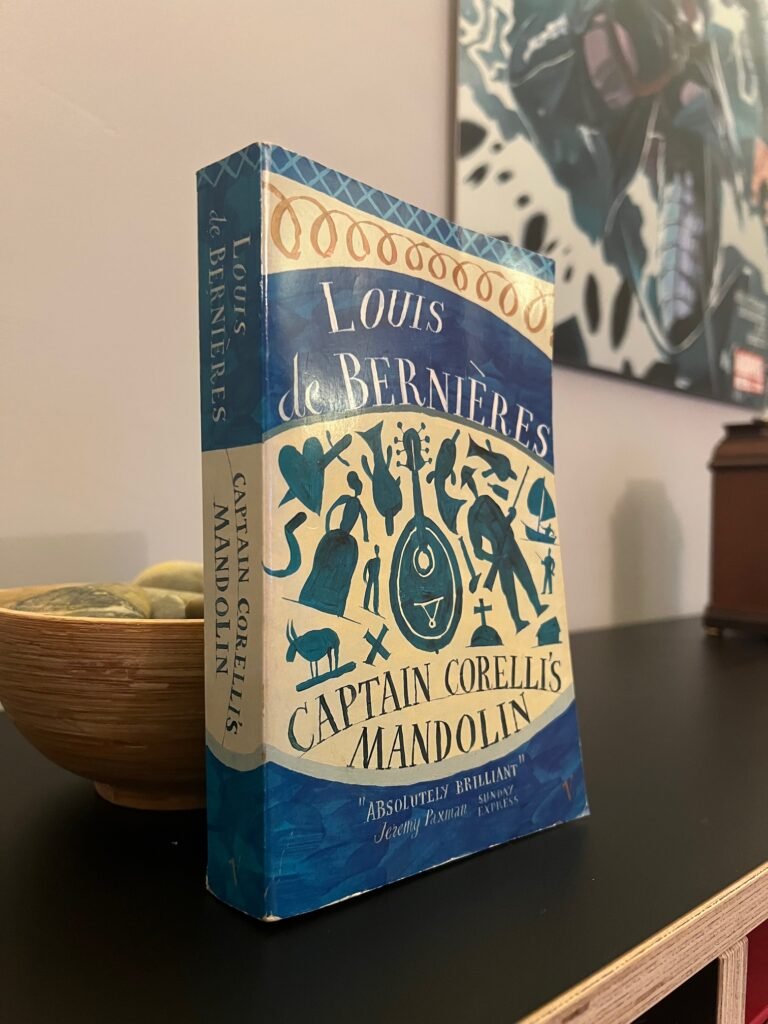Book Review: In Watermelon Sugar
Four stars for this dreamily bonkers 1960s parable.
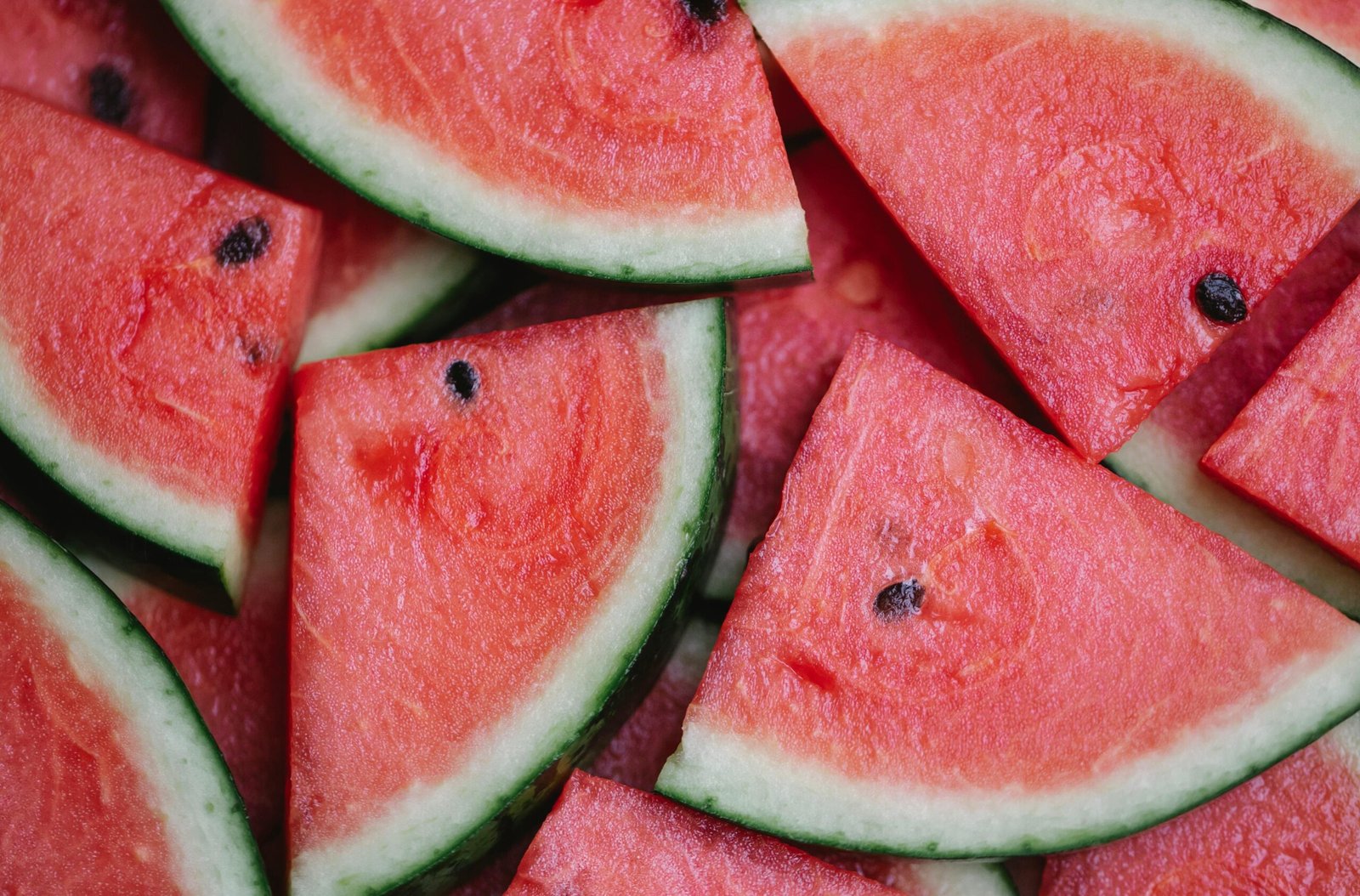
In Watermelon Sugar is a short, peculiar, intriguing novel.
It is set in a surreal world where the sun is a different colour every day, tigers (prior to their extinction) helped with maths problems and Thursdays are entirely soundless.
The unnamed narrator describes life in the settlement of watermelon sugar (never capitalised), which seems to be part small-town America, part hippie commune and part Lucy in the Sky with Diamonds. Here the inhabitants live out unsophisticated, repetitive and largely contented lives. Much of the narrative centres on iDeath, the community’s ever-changing central hub.
A critique of hippie values?

Like other works with surreal elements, In Watermelon Sugar invites speculation about meaning and intent. I’ve had a lot of fun trying to figure out what it was all about.
Author Richard Brautigan was a prominent figure of the 1960s counter-culture, and in writing In Watermelon Sugar, he drew on his experiences of life in the isolated, semi-communal settlement at Bolinas. The novel is replete with post-apocalyptic themes, such as mysterious artefacts of a forgotten civilisation.
It is therefore tempting to see the story in the tradition of utopian novels, and a paean to hippie values. After all, the protagonists accept life and death with equanimity, exist in harmony with nature, and have little interest in accumulating material wealth. The narrator’s favourite adjective is ‘gentle’, and – as the name iDeath suggests – he lives an unreflective, almost egoless existence.
But Brautigan was reputedly critical of the hippie movement, and it seems to me that his novel also satirises the logical endpoint of that way of thinking. Accepting life as it is (including death), eliminating the worst excesses of jealousy, fear and rage – all this comes at a price. It reduces our humanity, our capacity for passion and empathy. Removing our viciously self-destructive intellects leaves us as kindly, vacuous dunces.
Wolf it down. Digest at your leisure.
If In Watermelon Sugar reminded me of anything, it was the far future envisioned in H G Wells’ The Time Machine. There are parallels between Wells’ Eloi – our distant descendants – and Brautigan’s villagers. Both for example, show little interest in the remnants of the lost culture that surrounds them. It’s a long time since I read The Time Machine, but I believe that H G Wells presents the world of the Eloi (and their counterparts, the Morlochs) as a dystopian future. The question that Brautigan left me with was – what about watermelon sugar? Would life there be idyllic, or nightmarish?
Then again, reading the novel as a description of a place may be too literal. Maybe watermelon sugar and iDeath are altered states of being, perhaps attained through using drugs. Certainly, the way one character demonstrates a different approach to iDeath suggests Brautigan is discussing competing pathways to enlightenment. And what of the biblical allusions? Or the echoes of native American culture?
I could go on, and there’s my point: although the book can easily be read in a few hours, it leaves plenty to chew over.
Bathe in Dickie’s lovely prose
Brautigan’s prose style – unaffected, childlike and repetitive – is both mesmerising and often very funny. I was hooked right from the beginning:
“In watermelon sugar the deeds were done and done again as my life is done in watermelon sugar. I’ll tell you about it because I am here and you are distant.”
Isn’t that fantastic? Well, I thought so.
The Verdict
Hey, don’t neglect this classic.
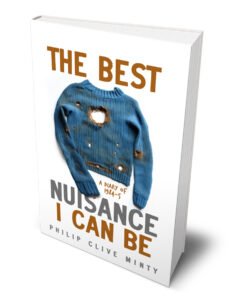
OK, calling it a classic might be a bit premature. But I reckon that my book is a pretty good read – for the right sort of person!
The Best Nuisance I Can Be is a novelisation of my real 1984-85 college diaries. It covers my tumultuous final year as an undergraduate at an English university, a period that delivered friendship, love, oodles of fun and some horrible self-discoveries.
